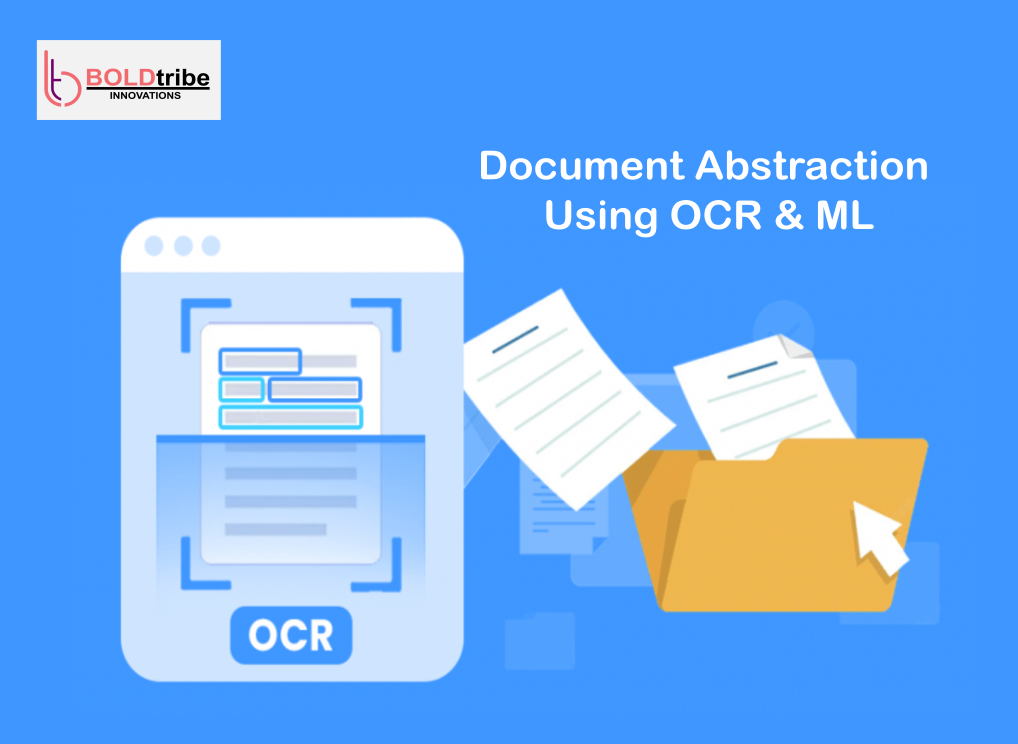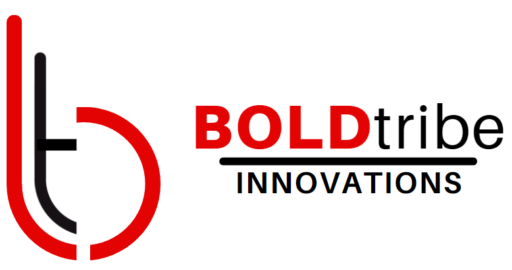Document Abstraction Using OCR and Machine Learning
Client Overview
A leading global professional services firm sought a solution to automate the extraction and processing of schedules from documents, enabling faster and more efficient financial operations. They required a robust, scalable tool to streamline manual data abstraction, minimize errors, and enhance overall productivity.
Project Objectives
- Data Extraction: Develop a solution capable of accurately extracting key data fields, such as names, dates, and financial details, from PDF loan documents.
- Schedule Identification: Automate the identification and processing of schedules within the documents.
- End-to-End Automation: Provide a platform to streamline the entire workflow from document upload to final data export.
- Scalability and Usability: Create a web-based tool that is intuitive for end-users and scalable for high-volume operations.

Proposed Solution
The project was implemented using a combination of Django for the web application and Omnipage OCR APIs for optical character recognition. Key components of the solution included:
- OCR Integration:
- Utilized Omnipage OCR APIs to process PDF documents and extract text data with high accuracy.
- Enhanced the OCR pipeline to handle complex, unstructured formats commonly found in loan documents.
- Named Entity Recognition (NER) Model:
- Implemented a custom NER model to identify schedules, names, dates, and financial details within the extracted text.
- Trained the model further using domain-specific data to improve its accuracy in identifying upcoming dates, fund-related terms, and specific financial nomenclature.
- Web Application:
- Built a user-friendly web platform using Django to enable document uploads, processing, and data visualization.
- Provided role-based access for users, ensuring secure handling of sensitive financial data.
- Automation and Workflow:
- Automated the generation of schedules by linking identified entities and creating structured outputs.
- Enabled export of processed data into predefined formats (e.g., CSV, Excel) for seamless integration into existing workflows.
Implementation Details
- Django Web Application:
- Designed a responsive web interface for uploading loan documents and reviewing extracted data.
- Integrated backend processing pipelines for document handling and OCR API interaction.
- Implemented database storage for extracted data and logs for audit purposes.
- Omnipage OCR Integration:
- Configured Omnipage API for optimal performance, fine-tuning it to handle variations in font, layout, and language.
- Integrated preprocessing steps such as image enhancement and noise reduction to improve OCR accuracy.
- NER Model Training:
- Leveraged pre-trained NLP models as a base and fine-tuned them using annotated datasets specific to loan documents.
- Incorporated contextual understanding to identify and classify schedules, names, dates, and monetary amounts.
- Used active learning techniques to continuously improve the model based on real-world data.
Key Achievements
- Accuracy and Efficiency:
- Achieved over 95% accuracy in extracting critical data fields from PDF loan documents.
- Reduced manual processing time by 80%, allowing teams to focus on higher-value tasks.
- Scalability:
- Designed a scalable architecture capable of processing thousands of documents daily without performance degradation.
- Enhanced Workflow:
- Automated the identification and creation of schedules, significantly improving operational efficiency.
- User Satisfaction:
- Delivered an intuitive platform that met requirements, receiving positive feedback from end-users for its ease of use and reliability.
Challenges and Solutions
- Handling Unstructured Data:
- Challenge: Loan documents had varying formats and structures.
- Solution: Preprocessing steps and fine-tuning of the OCR and NER models ensured consistency in data extraction.
- Domain-Specific Vocabulary:
- Challenge: Financial documents contained specialized terms not recognized by standard NER models.
- Solution: Trained the model on domain-specific datasets to enhance its understanding and accuracy.
- Performance Optimization:
- Challenge: Processing large volumes of documents quickly.
- Solution: Implemented batch processing and asynchronous workflows to optimize performance.
Conclusion The “Document Abstraction Using OCR” project successfully delivered a comprehensive solution for , addressing their need for automating data extraction and schedule management from PDF loan documents. By leveraging Django, Omnipage OCR, and an advanced NER model, we created a scalable, efficient, and user-friendly platform. This project not only streamlined operations but also set a strong foundation for future automation initiatives.
